Sahil Uddin Moral, 57, used to work as a labourer to support his family of six. They live in Kurikahnia, a village in the district of Satkhira, south-west Bangladesh. In May, Cyclone Amphan washed away their hut. Moral has no money to build another, and no work as the cyclone destroyed the fisheries where he used to work.
“How do we survive now?” Moral said. “I have no way other than leaving Satkhira. I am going to Sylhet [in north-east Bangladesh] tomorrow. I have some relatives there who left Satkhira a few years ago. If I can get some work, I will take my family members there.”
Cyclone Amphan made landfall in West Bengal, India, on May 20, and devastated the area, with indigenous residents worst affected.
See: After Cyclone Amphan, broken houses and rotting fish
See: Indigenous peoples in Sundarbans ruined by lockdown, cyclone
The effects were just as severe in Satkhira, the adjacent district in Bangladesh. The cyclone washed away embankments, homes and the fisheries on which thousands of families used to survive.
Moral said, “During the cyclone, we were at the cyclone shelter. When we returned, we found water everywhere. We don’t know how we will recover from this damage.”
According to government estimates, approximately 150 kilometres of embankments – meant to protect villages and farms from storms and high tides that bring saline water to this coastal region – were washed away, 55,667 houses damaged beyond repair and 18,235 drinking-water points destroyed. Many freshwater ponds are flooded with saline water.
These photographs were taken a few weeks later.
All photos by Inzamamul Haque
After Cyclone Amphan, saltwater submerged farms, ponds, homes and roads in Shyamnagar, a town in Satkhira
With saltwater flooding freshwater ponds, a few half-submerged tube wells are the only sources of drinking water in the village of Assashuni
Where even tube wells are under the floodwaters, residents have to queue up and wait for officials or NGOs to distribute drinking water. This may be the only time when the distance mandatory during the Covid-19 pandemic is maintained. Men are conspicuously absent from these queues
Five-year-old Nazmul (foreground) was swept away by the tide when Amphan struck his village, Kurikahnia. Found two days later, he now does not want to go out of his home
After losing their home to Amphan, this family of Pratap Nagar rebuilt in the only space available, right next to a body of water where the level rises almost to their new home every high tide. It takes a lot of time and effort to light the damp clay stove
With all grazing land flooded, residents of Chakla village have to transport their livestock to another village on higher ground
Without waiting for the authorities, residents of Bonnyatola repair the embankment that used to protect the village from saltwater but was breached during Cyclone Amphan
After Cyclone Amphan destroyed his home in Nebubunia village near Gabura, Shohrab Hossen rebuilds next to the river, because there is no other space. Why are the embankments not maintained properly by the “big people”, he asked
The climate refugees
With their home still under construction when Cyclone Amphan ravaged the region, this family of Bonnyatola village prepares to emigrate to an uncertain future
With their home washed away and farm inundated with saltwater by Cyclone Amphan, a family moves out of Bonnyatola
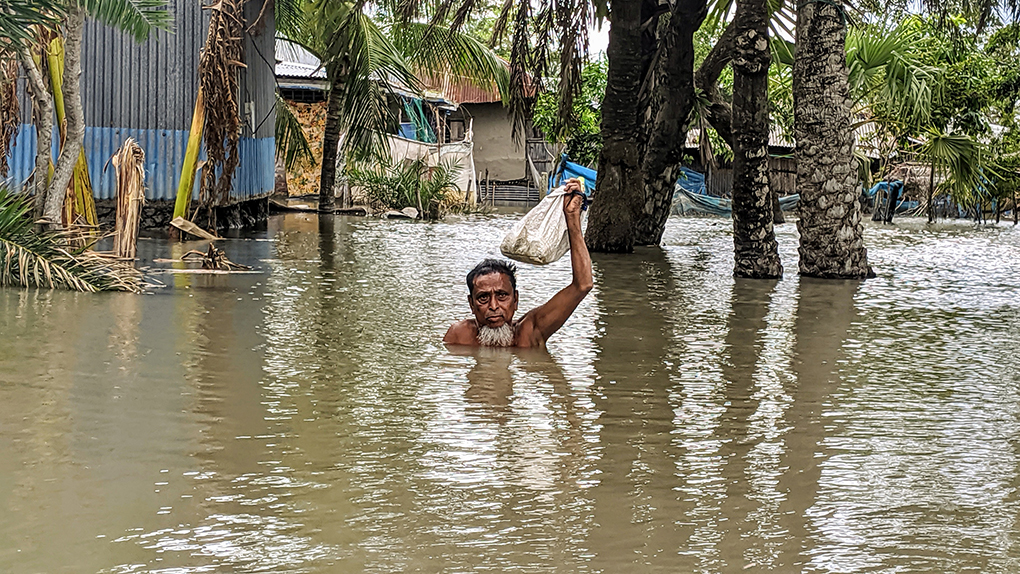
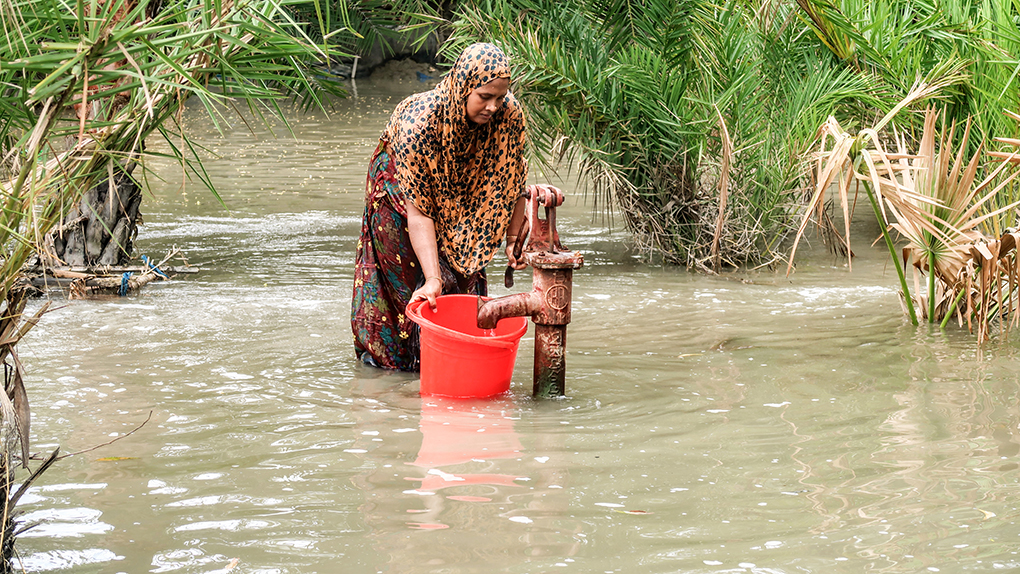
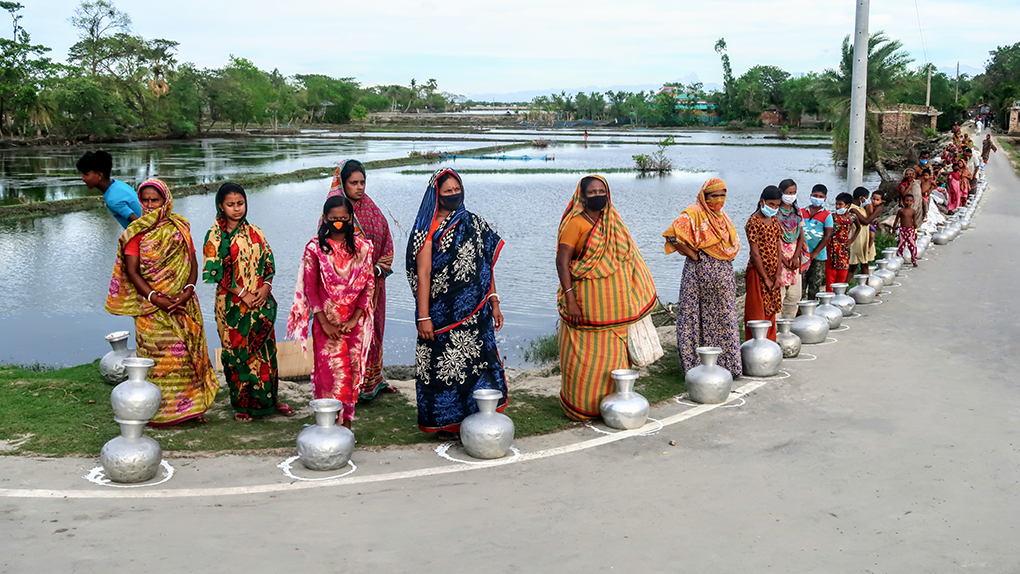
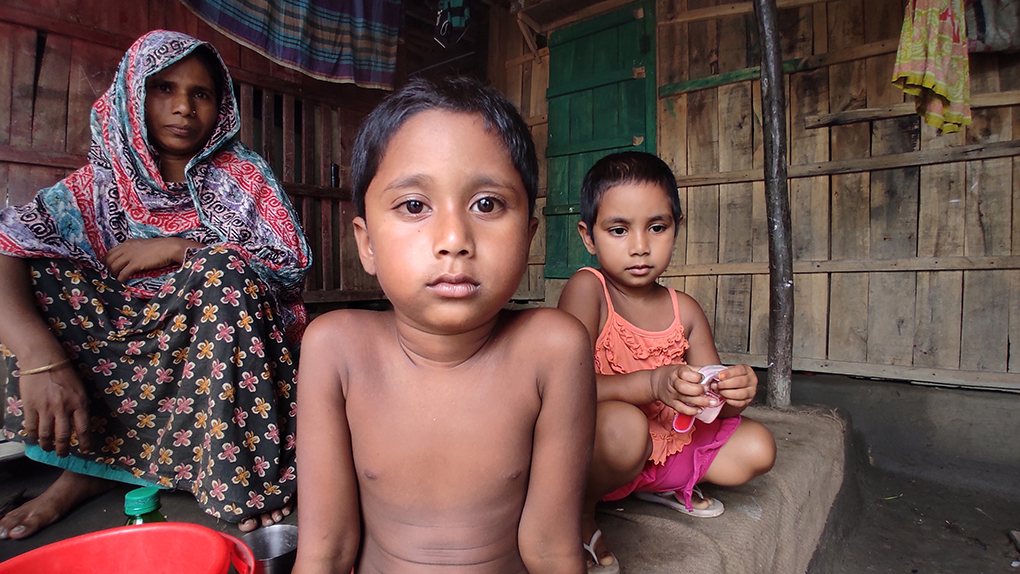
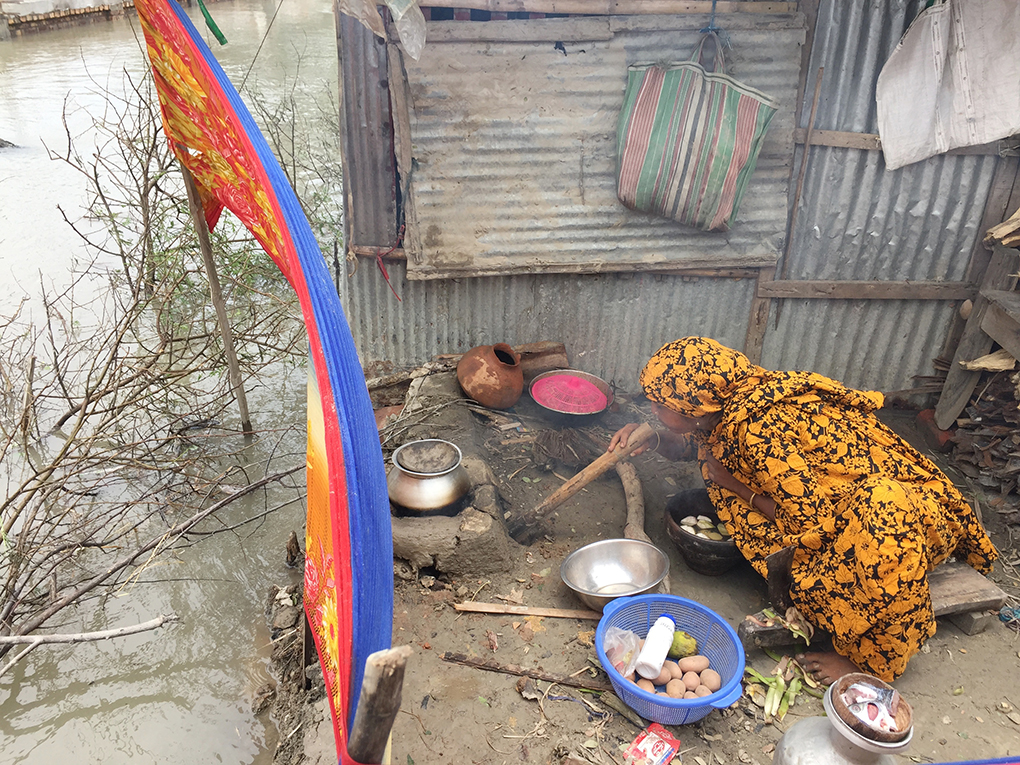
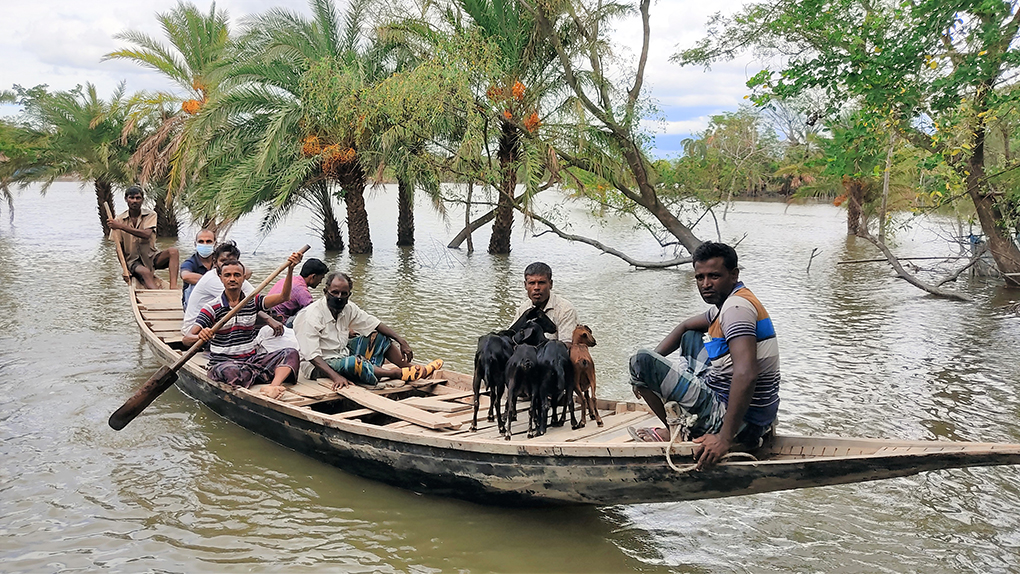
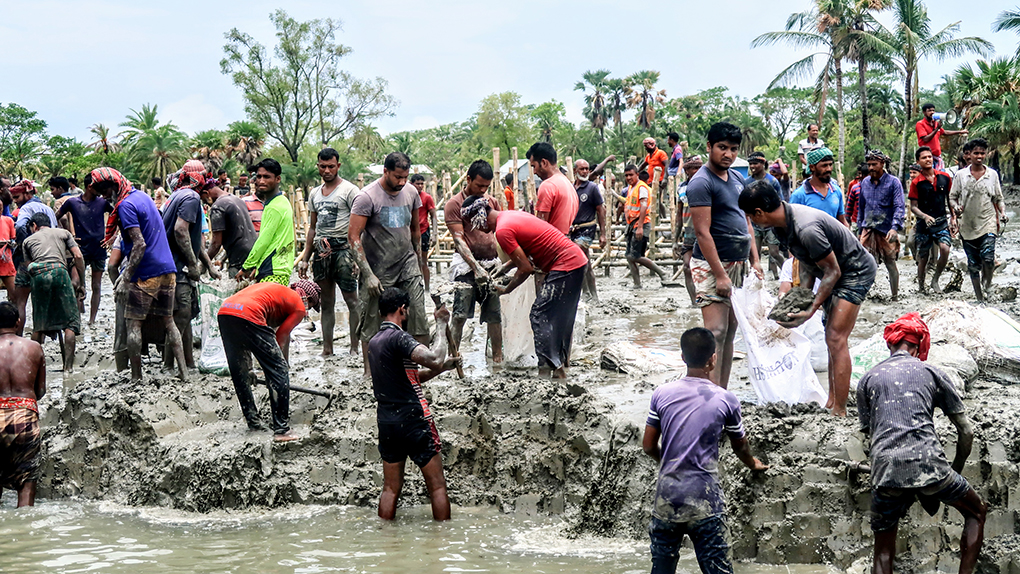
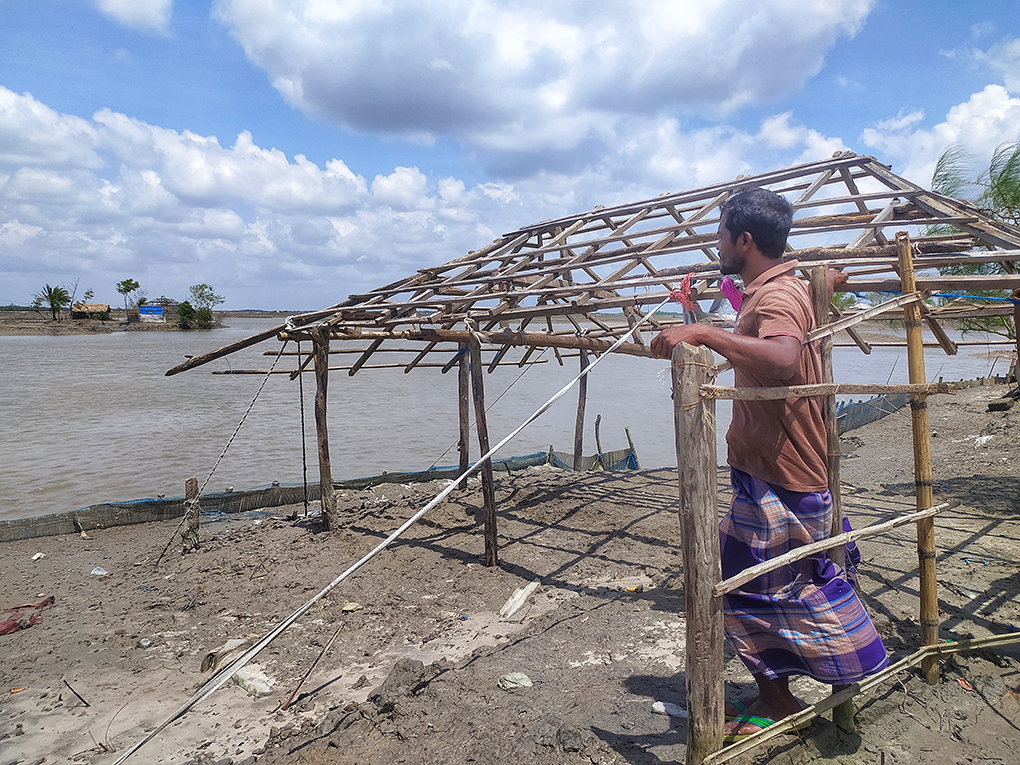
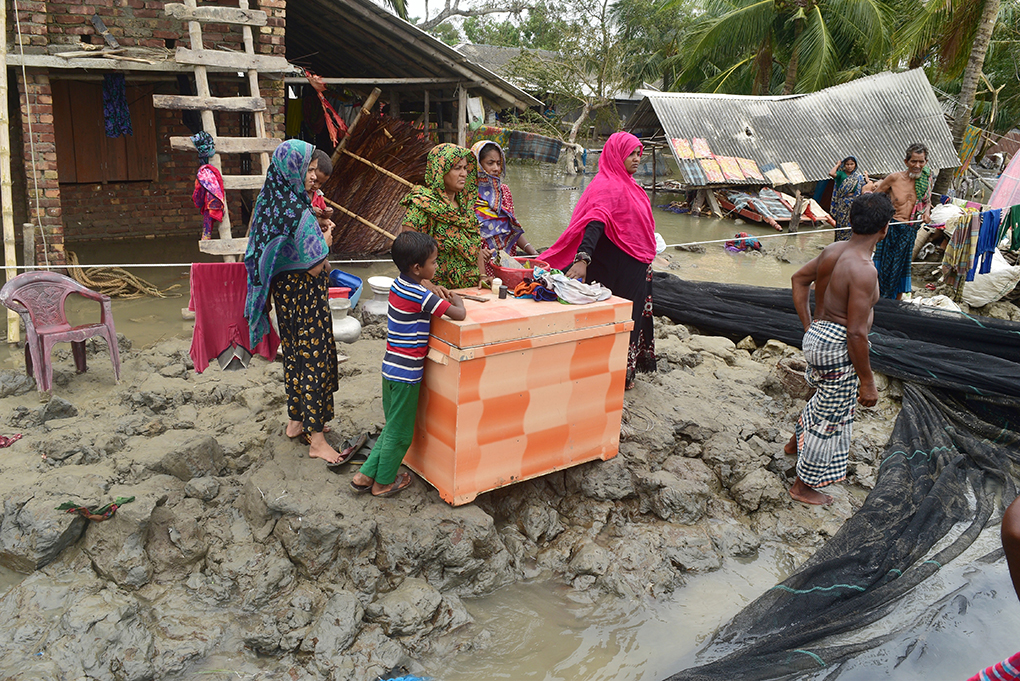
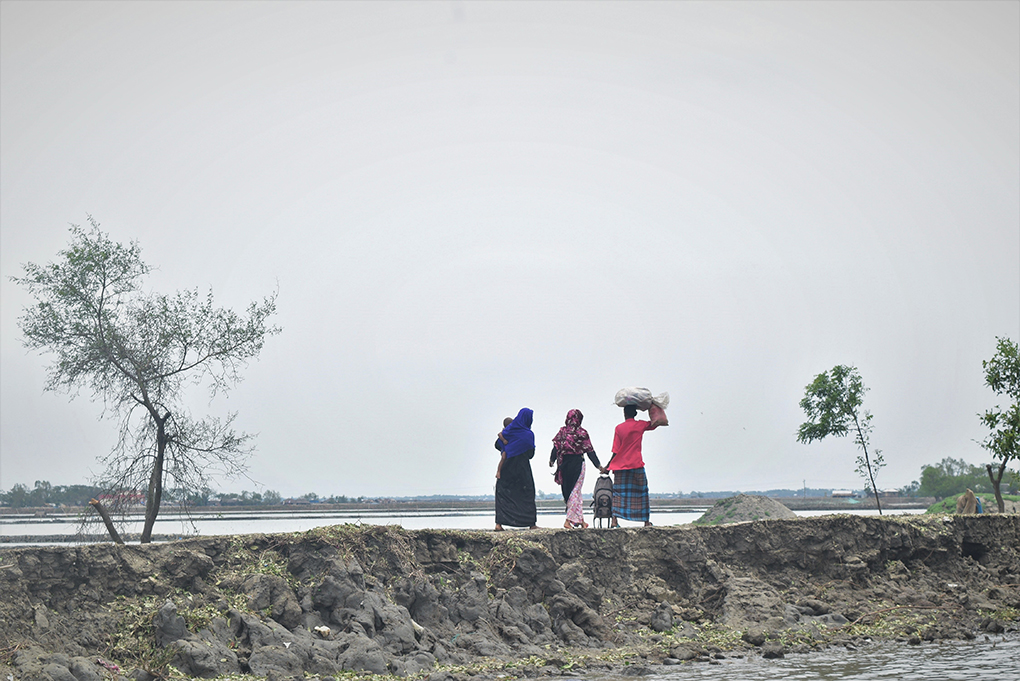
![<p>Eighty-year-old Karim Gazi first lost his home in 2009 to Cyclone Aila. He built a new home in Bonnyatola village near the Kholpetua river in the district of Satkhira, south-west Bangladesh. Cyclone Amphan washed away his new home [image by: Inzamamul Haque]</p>](https://dialogue.earth/content/uploads/2020/07/Cyclone-Aila-scaled.jpeg)

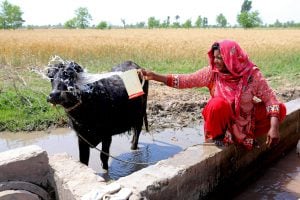
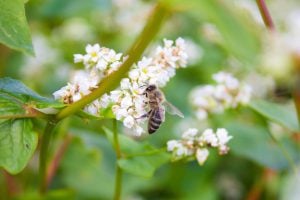
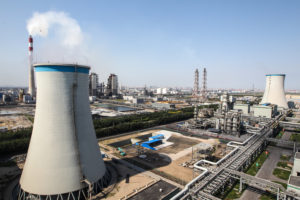
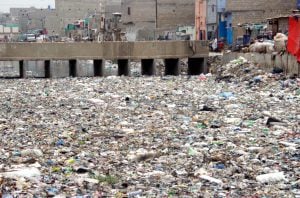
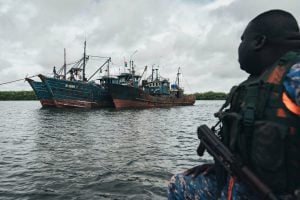
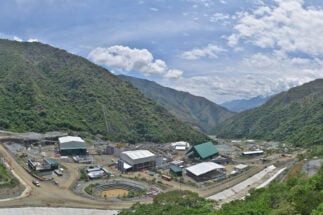

![The Indus at the site of the proposed Diamer-Basha dam [image by: Water and Power Development Authority, Pakistan]](https://dialogue.earth/content/uploads/2020/07/Indus_Diamer_Basha_Dam_Site_Image_WAPDA-300x169.jpg)